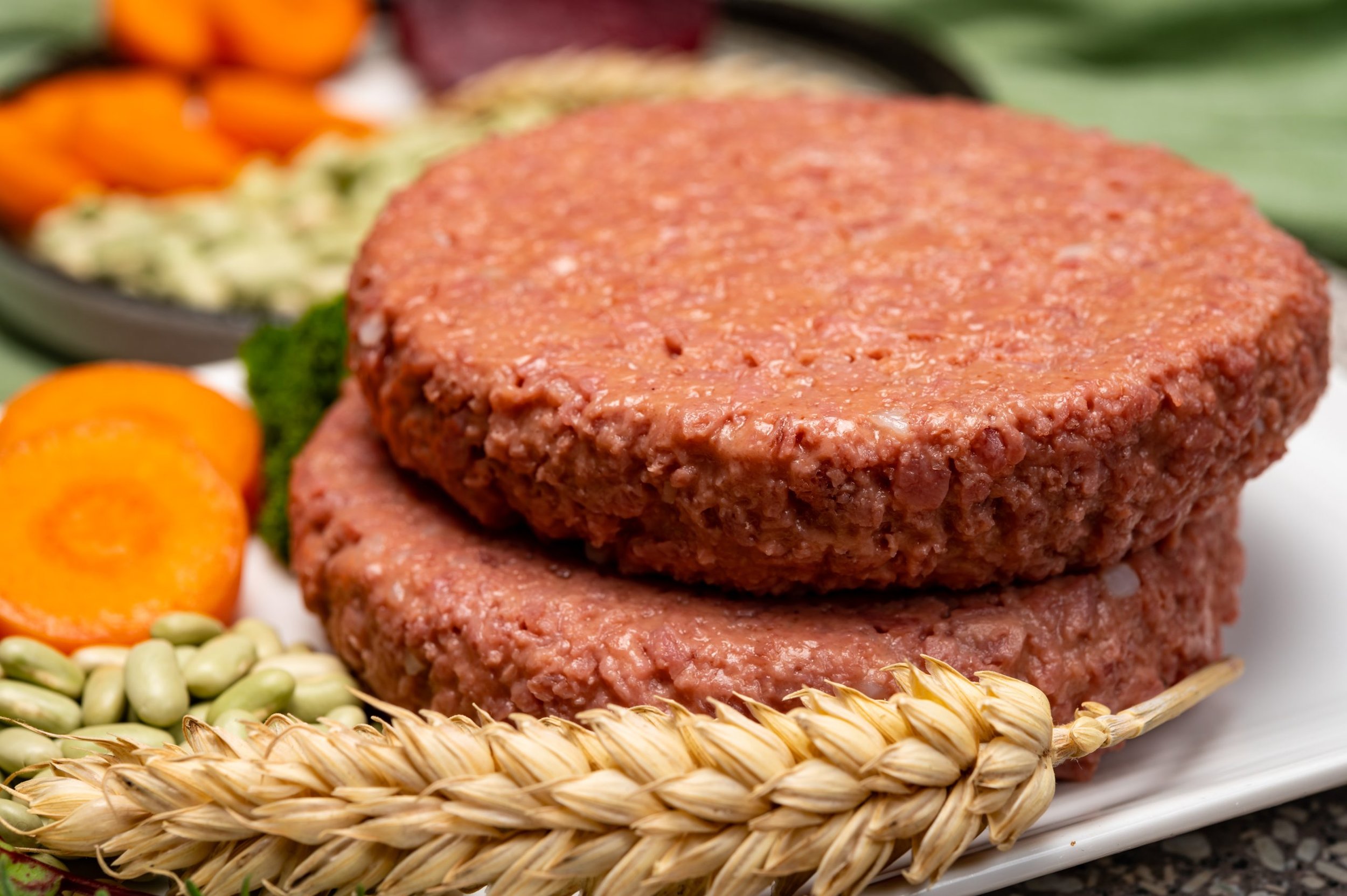Is a Plant-Based Diet the Key to Ruminant Issues?
By Madison Throop
For thousands of years, Homo sapiens relied solely on nature and its bounty for sustenance and nourishment. A walk through the prairie with one of our ancestors would leave us staggered as they’d point out each tuber, leaf, or fruit they harvested.
Amidst the compounding domineering effects of fossil-fueled agriculture on food production, humans have become increasingly disconnected from nature and the sustenance that once nourished us. One of the most marked instances of that separation is with the sustenance that was coveted highest over any, that of fauna - notably the ruminants that have shaped our grasslands and landscapes for millennia.
Ruminants have received a bad rap as of late. Not only has the meat industry been under scrutiny for animal welfare issues and whether red meat is healthy or even necessary in modern human diets; the Intergovernmental Panel on Climate Change (IPCC) purports that 14.5% of greenhouse gas emissions are directly related to animal agriculture, with 5% of greenhouse gas emissions generated solely from ruminant methane. What’s often overlooked is that this data is largely derived from concentrated animal feeding operations, not the 4% of ruminants raised exclusively on pasture.
Many groups argue that the remedy for the issues surrounding animal agriculture is largely through adopting diets froth with vegetables, nuts, fruits, and grains, thus practically eliminating red meat from our diet. While the solution sounds simple, this approach would ultimately drive the need for increased commodity crop production, furthering soil erosion, desertification, and habitat loss.
New information is emerging through the efforts of ranchers and stewards who are taking a holistic approach to livestock management by way of rotational grazing and multi-species integration. According to a study organized by Jason E. Rowntree, a professor of animal science at Michigan State University, greenhouse gas emissions can be reduced as much as 86% with a holistic management approach to livestock production compared to their feedlot counterparts with a carbon footprint roughly 74% higher.
Not only is this method of production more environmentally friendly, individuals such as Fred Provenza and Stephan van Vliet are discovering that ruminants raised on these diverse, rotationally-grazed systems show a higher level of nutrients and phytochemicals stored in their muscle and fat tissue, resulting in a more nutrient-dense, bioavailable meal that can be delivered to your dinner table.
We’ve come to believe synthetic, modernized production methods can overcome time-tested wisdom. As a result, we are now enduring the repercussions of thinking we can outwit nature. Perhaps the answer to many issues surrounding ruminants can be found through embracing the pastoral proclivity of our ancestors who worked in symbiosis with nature.
Madison Throop is a shepherdess to her flock of Katahdin sheep, and fourth- generation farmer on her family’s farmstead north of Davenport, Washington.

